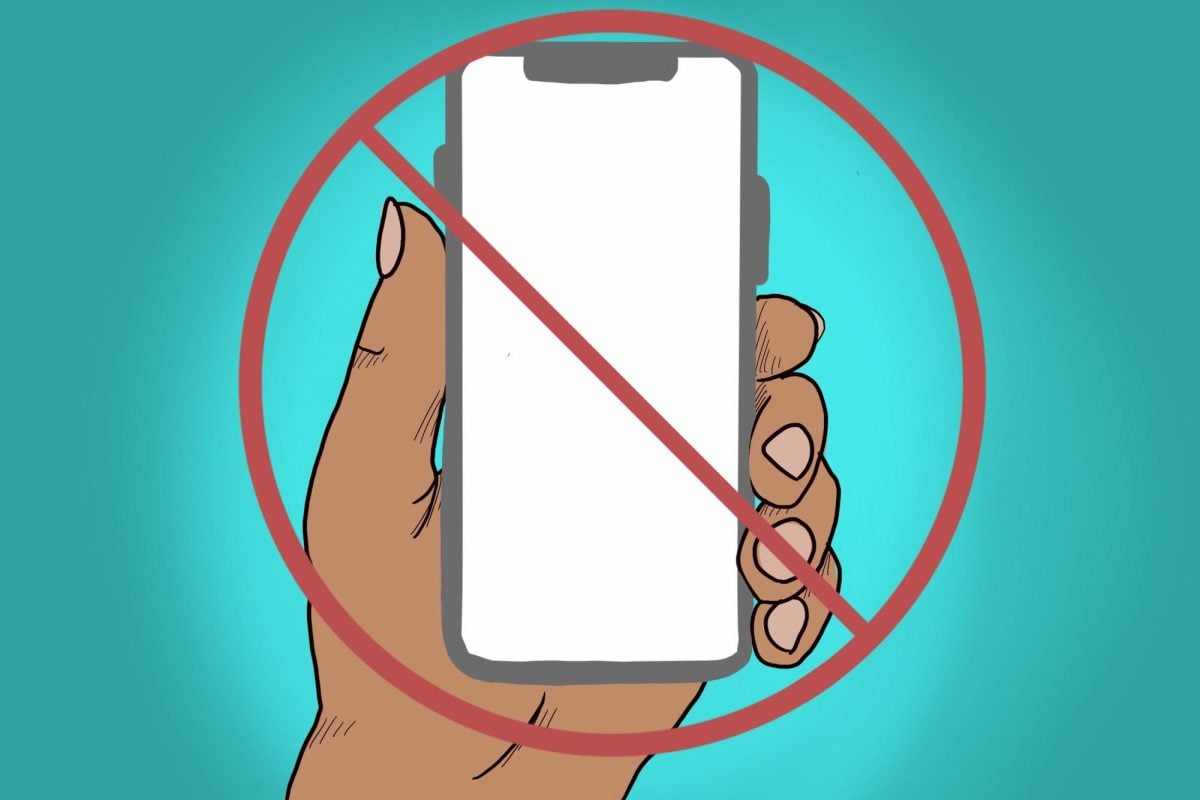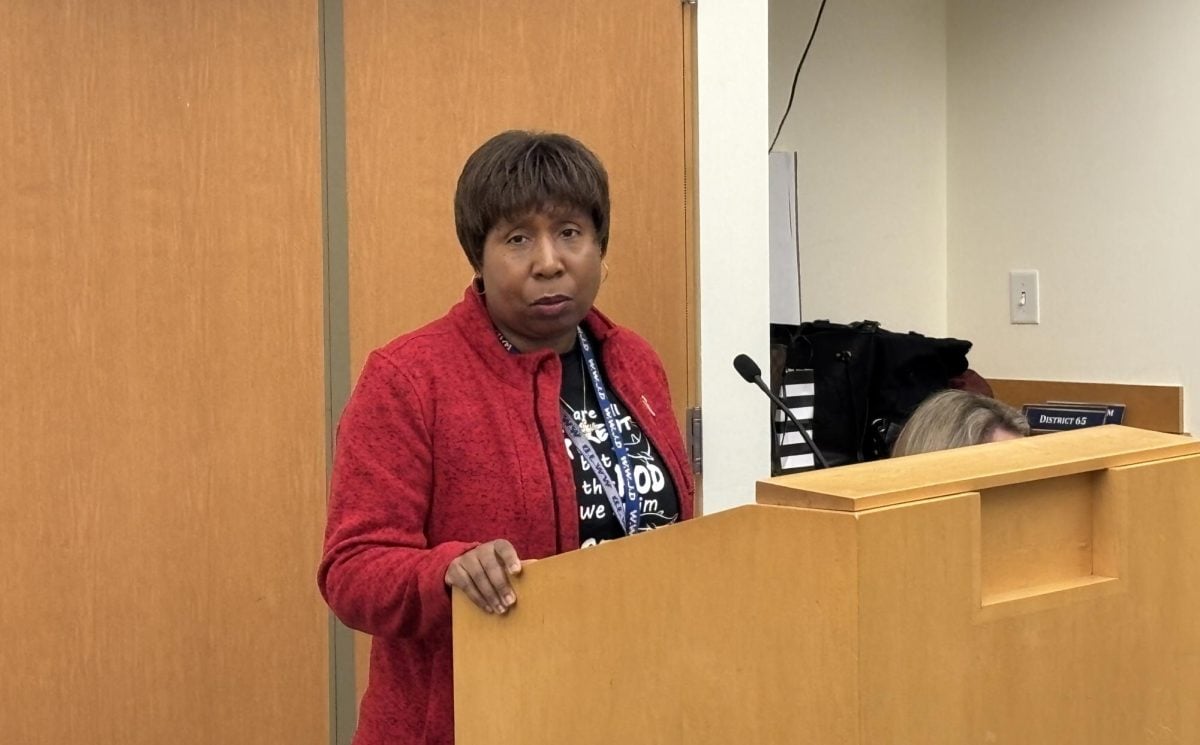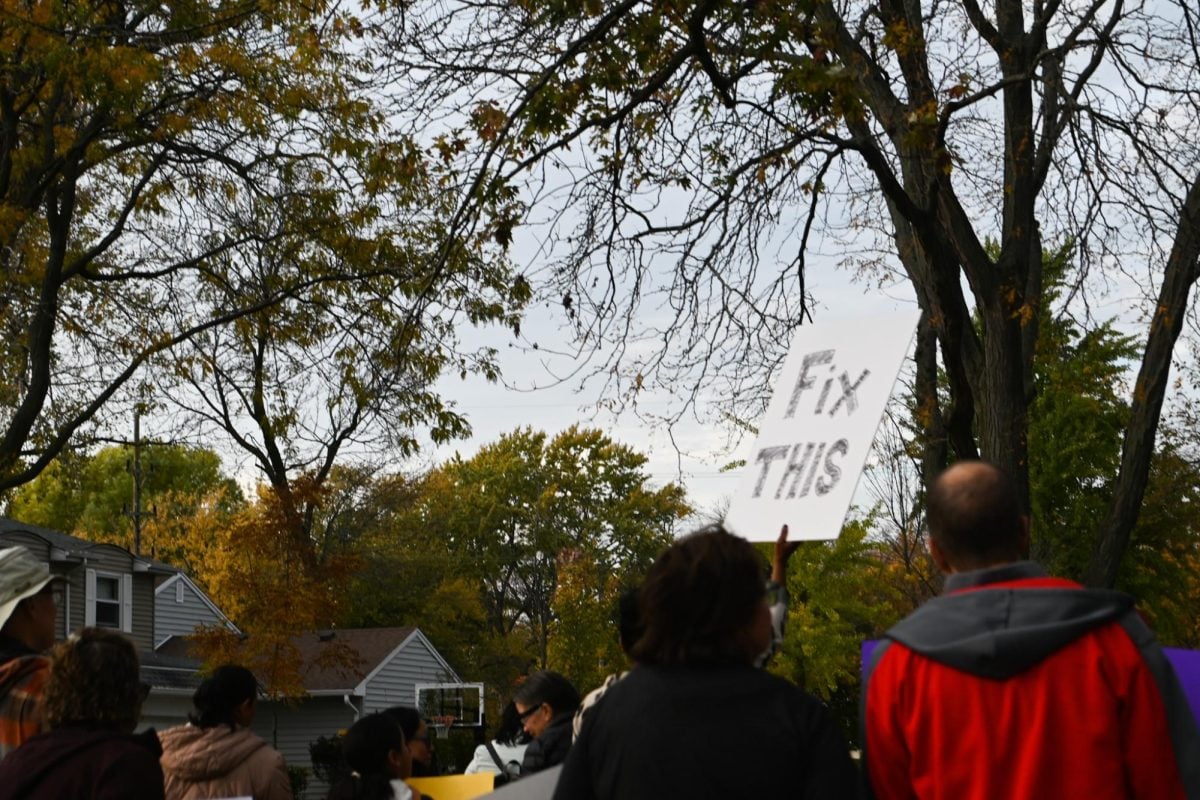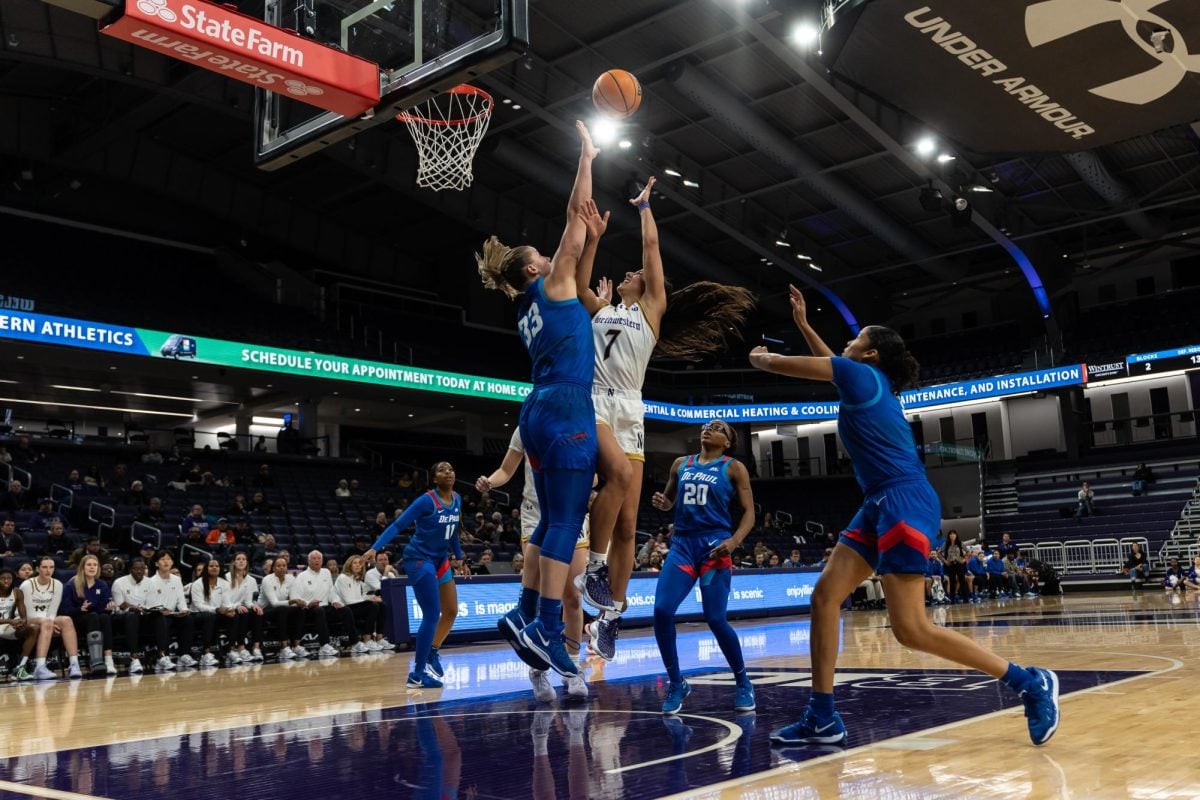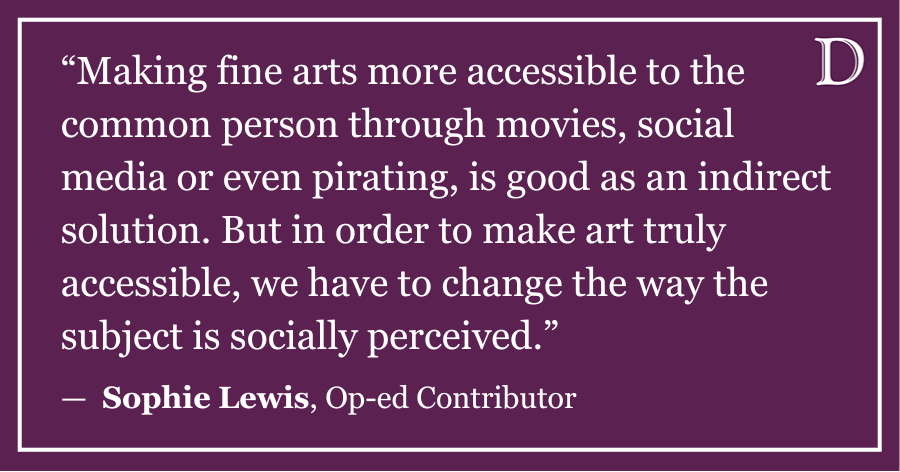One month into the implementation of Evanston Township High School’s new “Bell-To-Bell, No Cell” phone policy, senior and student representative Rachel Durango-Cohen said she and her peers have gradually become more accepting of giving up their phones for the whole school day after being initially uneasy about it.
Known as “Bell-to-Bell, No Cell,” the policy was implemented at the start of the summer school in June. Students must place their phones in a phone storage unit at the beginning of their 85-minute class periods and are not allowed to touch them until the bell signals the end of the period. However, students are allowed to use their phones during the 10-minute passing periods and lunchtime.
“There’s two sides of it,” Durango-Cohen said. “Some people are cramming in all of their phone time during those passing periods, and then others are like, ‘Oh, I haven’t had my phone for 85 minutes. What’s 10 more?’”
For Durango-Cohen, the policy was a positive addition to the school community because it eliminates the use of phones for entertainment purposes in the middle of class, she said.
She added that she had to adjust by using her school-issued agenda instead of her phone calendar. While planning with an agenda has been sufficient, Durango-Cohen said her phone was ideal because it would give her reminder notifications throughout the day.
Evanston Township High School District 202 announced the policy in April, stating it would mitigate classroom distractions, cyberbullying, privacy and safety concerns and social isolation as well as improve teacher-student relationships, according to the student handbook.
The need for the policy first began after the COVID-19 pandemic, when teachers noticed an increase in phone distractions in the classroom, according to District 202 Superintendent Marcus Campbell. According to a 2024 Pew Research Center report, 72% of high school teachers believe having phones in class is problematic.
Campbell added that U.S. Surgeon General Vivek Murthy’s advisory in May 2023 regarding the harms of social media on teens, including depression and anxiety symptoms, also contributed to ETHS’ new policy.
Since the advisory was issued, numerous state and federal school phone bans have been proposed and endorsed. Indiana now mandates that every district have a policy banning personal devices in the classroom. The Los Angeles Unified School District is creating a similar policy in place by spring semester of this year.
ETHS biology teacher Jason Foster said he appreciates the new policy.
“Once cellphones are put away, it’s like a reset to how classes were in the past,” Foster said. “There is a trade-off with that, but I’m happy to see more communicating with each other and now having more capacity to hear me versus the phone being a distraction the whole time.”
Foster used a phone storage unit in his classrooms, a “non-negotiable” rule, prior to them being implemented schoolwide. He said students in his emergent world language biology course were only allowed to use their phones for communication and translation purposes.
With the new policy, these students use Google Translate on their Chromebooks and a World Language Department iPad to take photos of text and have them translated, he said.
With the “Bell-to-Bell, No Cell” policy, Foster said he has seen more students on their phones during passing periods — some owning two phones, with a “fake” phone in the storage unit and one with them — and playing games on their Chromebooks during class and breaks.
Campbell said the district has banned entertainment sites like Hulu but that students have found ways of working around the restrictions.
Decisions that went into the policymaking process were supported by national research, what other schools have done and an ETHS teachers working group, said ETHS principal Taya Kinzie. She added that the school’s goal was to be responsive to students’ academic and social emotional needs.
Prior to this year, ETHS’ phone policy addressed phones being used only with teacher permission. Students did not always abide by this policy and used their phones throughout the class period, Kinzie said.
Under this policy, Spanish Literature teacher Fernando Campos said he did not run into any problems because he had an understanding with his students. However, he said he “welcomed” the new policy because it decreased distractions in the classroom.
He added that none of his students have “fought” him on putting their phones in the classroom storage unit. Campos acknowledged that students are still in an adjustment period and sometimes need to be reminded to put their phones in the storage unit.
ETHS French teacher Grace Romanelli said she is “very, very happy” with the new policy but acknowledged that having a 100% compliance rate is difficult. She said she sometimes sees students in the bathroom with their phones during class time, when phones are supposed to be stored away.
“Having your own phone from day one, from a young age, is the status quo these days,” Romanelli said. “It takes some education to learn how not to become addicted.”
Email: [email protected]
X: @anavi_52
Related Stories:
— District 202 board approves tentative 2024-2025 budget
— School sustainability coordinators provide hope for community
